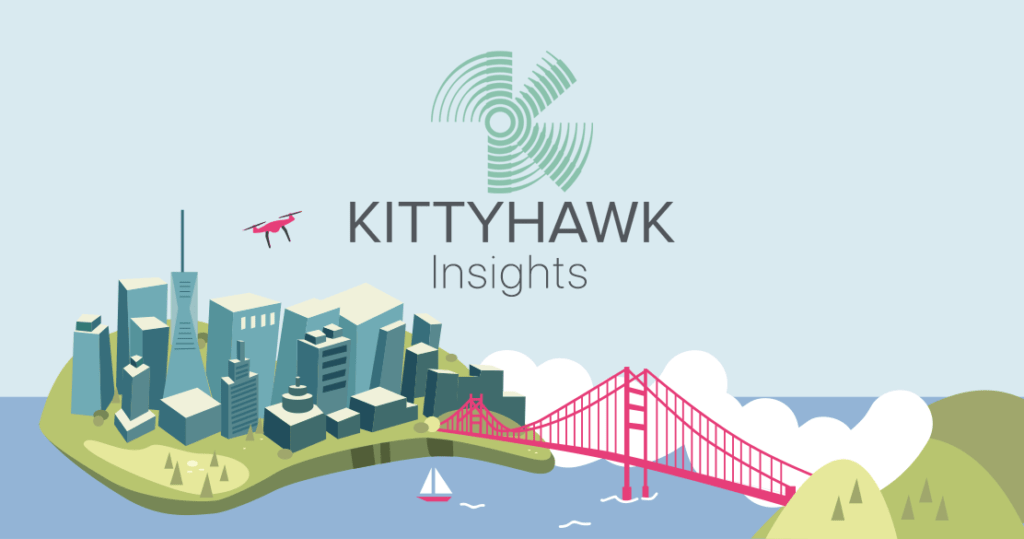As part of Kittyhawk’s new Insights series, the team is delving into data from 3 years of drone flights using its platform to try and figure out what “normal” looks like.
Information from single pilots, large-scale enterprises and everything in between is being sifted through to answer some of the drone industry’s fundamental questions.
The Drone Industry’s Most Popular Drone Models
Hot off the press is Kittyhawk’s latest report. The focus is on the Most Popular Drone Models.
To an extent, the results were what we expected. The list of most popular drones is dominated by DJI. In fact, DJI drones make up an enormous 71.8% of Kittyhawk’s database – eerily similar numbers to the SkyLogic report late last year, which suggested DJI has a 72% hold of the drone hardware market across all price points.
Read more: Skylogic Research Issues New Report on Drone Industry Market
For us, the most surprising stat is the overwhelming dominance of the Mavic Pro. It’s managed to find that delicate balance between price and capability, making up 21.83% of the Kittyhawk database. Its nearest rival is the DJI Phantom 4, down at 9.56%.
Now that new iterations of the Mavic Pro have hit the market, you might expect that dominance to subside as 2018 goes on. Particularly if a new Mavic Pro is launched. Or it could even go the other way: further price slides of the Mavic Pro might make it even more appealing for pilots, particularly as the capability remains rock solid.
It would be interesting to chart Kittyhawk’s numbers to see how they fluctuate alongside product releases and announcements from DJI, that’s for sure.
Aside from DJI’s dominance, the 3D Robotics Solo was the most popular drone not from DJI, with 1.73% of the database. Unlike the Mavic Pro, this trajectory is only heading in one direction.
The Yuneec Typhoon H came in at #12, with 1.32%.
Joshua Ziering, Kittyhawk’s co-founder and chief pilot, writes that he’s confident “the $1000 price point will continue to mature in the commercial space and be the de-facto standard we use in the future.”
“As I’ve noted before,” he said, “drones are coming in-house. When a company is buying 100, or even 1000 of a particular drone, the price point really does matter. $200 delta in price per unit becomes very material at scale, particularly when the capabilities are all starting to be “good enough” to justify a commercial drone program in-house.”
We’re looking forward to the next batch of insights, particularly given the amount of telemetry data Kitttyhawk must have on file.
Malek Murison is a freelance writer and editor with a passion for tech trends and innovation. He handles product reviews, major releases and keeps an eye on the enthusiast market for DroneLife.
Email Malek
Twitter:@malekmurison
Subscribe to DroneLife here.
